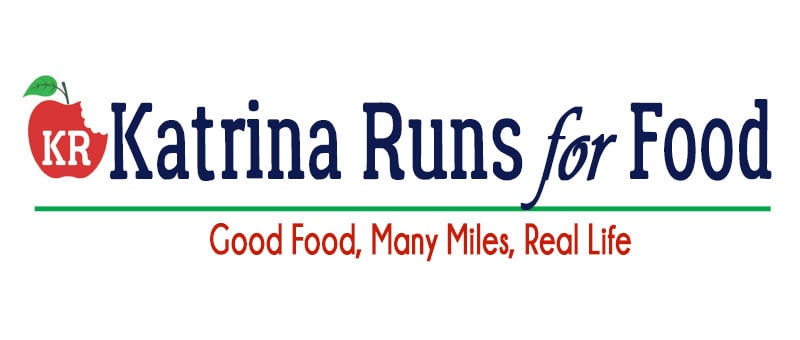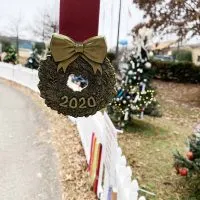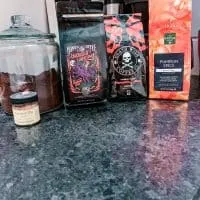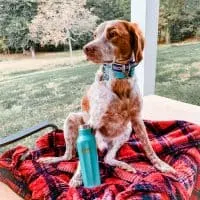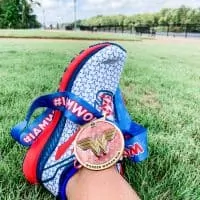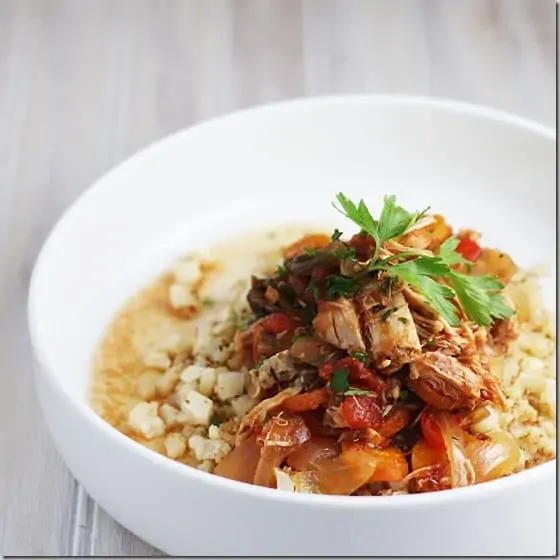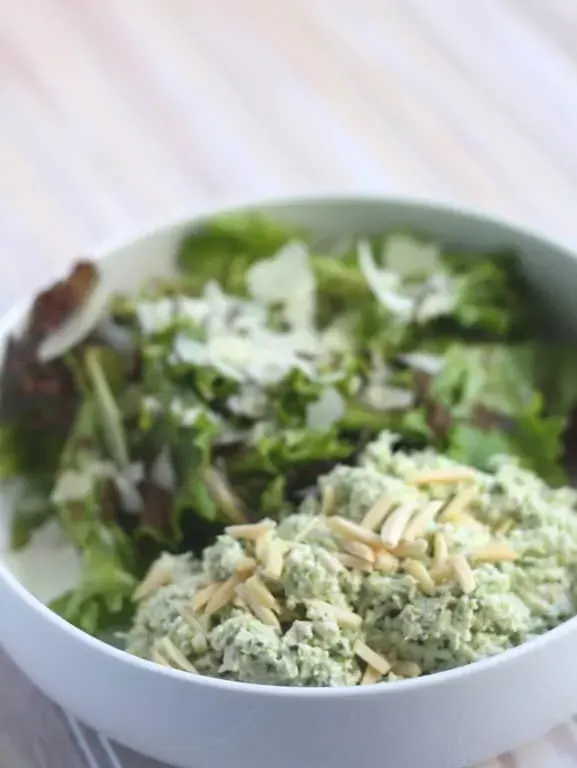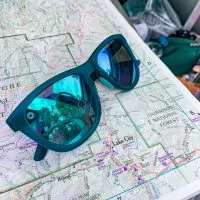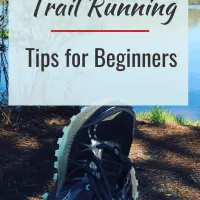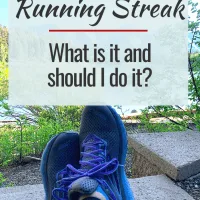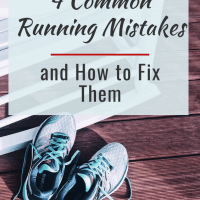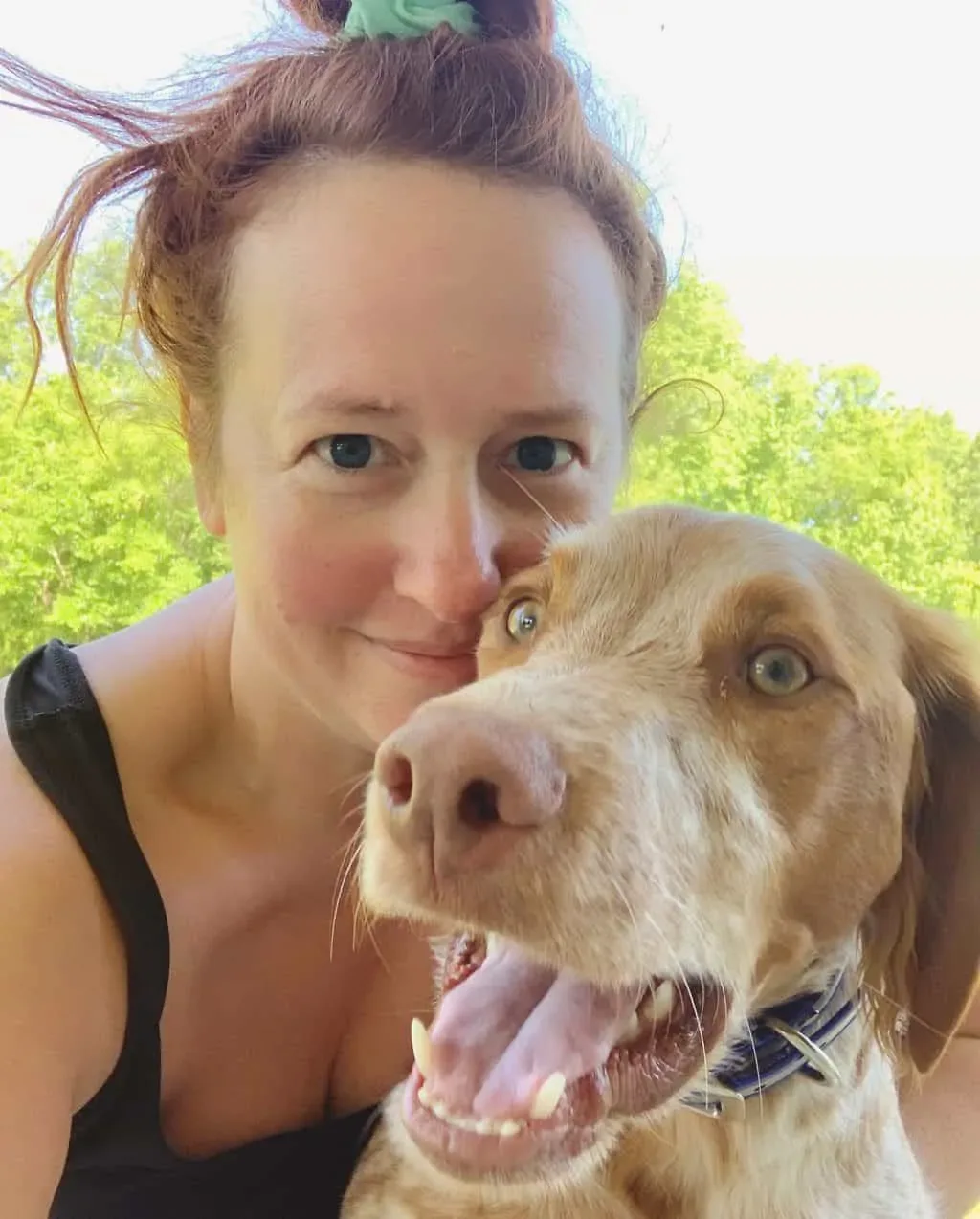The 2021 Allstate Hot Chocolate Nashville event transitioned from live to virtual. While I will miss running in Nashville, I’m glad the event directors considered the safety of all participants. Disclaimer: I received an entry to Allstate Hot Chocolate Nashville as part of being a BibRave Pro. Learn more about becoming a BibRave Pro (ambassador), …
No Posts Found
We didn't find the posts for that URL.
Latest Posts
What better way to end a very interesting year than by running a Christmas Story 5K? Disclaimer: I received an entry to the Christmas Story 5K as part of being a BibRave Pro. Learn more about becoming a BibRave Pro (ambassador), and check out BibRave.com to review find and write race reviews!” My December running …
I may not be able to do much running right now, but I’ll be ready when I can! The dreaded year-end constant sinus infections and bronchitis have really knocked me down this year. With Covid all over Tuscaloosa, this is not a surprise. However, Santa knew I needed running stuff and my family knows my …
December rolls on. This is normally the most-jazzed month for me. I start preparing for Christmas magic in August with the first fall decorations. August is the official kick-off to the year-end holiday season. The first pumpkin spice leads into the first peppermint mocha. This year is definitely different. This blog has been shoved in …
The 2020 Thanksgiving is a lot different this year. There was definitely pie. I made pumpkin pie for the first time in a few years. Most years, I’m all about a pecan (puh-cahn) pie. We kept things small this year. One side of the family went camping so we all celebrated dinner outside in the …
I love this time of year! Even with the current state of the world, I have to find the good things. The solid things. The sweet things in life right now. I can honestly say, I am ready to turn the page of 2020 on this blog. It is limping along for various reasons. The …
Where did October go?? I may have started my fall decorating a few weeks..months…ago, but I still have a lot of things left on my list for fall. Finally, lets get this out of the way. I started looking for pumpkin spiced coffee in late July. I decorated the house (a new tradition in no …
Do you wear anything with your contact information in case of an emergency? What about when you run or workout? Check out my review for ROADiD Sidekick! Disclaimer: I received a ROADiD Sidekick to review as part of being a BibRave Pro. Learn more about becoming a BibRave Pro (ambassador), and check out BibRave.com to …
Have you ever participated in a family pet race? This was the first one for Atlas and I and we had so much fun with the Scooby Doo Run! Disclaimer: I received an entry to Scooby Doo Family Pet Run to review as part of being a BibRave Pro. Learn more about becoming a BibRave …
Registration for the November DC Wonder Woman Run presented by Amazon is open! Since 2020 decided to push most themed races to Virtual, I have seen a wide variety of these virtual runs. DC Wonder Woman is one of the best. Disclaimer: I received a race entry as part of being a BibRave Pro. Learn …
It’s FINALLY time for college football and I am so ready for this change. With 2020 putting a pause on football, our beloved SEC said “Not so fast”. The first Alabama game is September 26th. So close! Football brings in fall weather and moves us closer to the best part of the year for me: …
One of my best ways to cook chicken thighs is to put them in the slow cooker. I’m always searching for new ideas to brighten up chicken and this recipe was a big hit. It has Italian flavors with a layer of heat that makes it interesting. Because I made this during an afternoon of …
Not sugar. That’s what I’m eating. And let me just say, I’m not thrilled. Sugar is my kryptonite. This is why Whole30 works so well for me because within a few days of cutting sugar, my body literally deflates. My face stops looking so puffy, my hands are normal, and my stomach loses a lot …
Choosing the right running shoes is like choosing paint colors. It can be mind-numbing, but rewarding when finished. Choosing the Right Running Shoes But, it’s also very important to make sure that your shoes are not causing running injuries that plague so many new runners. Running in the wrong shoe is a common running mistake. …
Knockaround sunglasses Premium Sports Shades are great for many miles and many trails. These are super comfortable, affordable, and polarized. Disclaimer: I received Knockaroud Shades to review as part of being a BibRave Pro. Learn more about becoming a BibRave Pro (ambassador), and check out BibRave.com to review find and write race reviews! Summer 2020 …
These Gluten Free pumpkin cream cheese muffins are a great way to welcome the fall weather. Slowly, the fall weather is coming down to the Deep South. That just makes me want to do more baking of all the fall things. In our House United with both of us having Celiac Disease, gluten-free desserts are …
Are you ready to try trail running? Before you hit the trails, check out these beginner tips. Trailrunners are a different breed of people. We claim to like the dirt mud and sticks and we will swear upon death that trail rash and bruises are the best feeling ever. The more scrapes and blood, the …
Are you a streaker? What is a running streak and should you start one? What is a Running Streak? Running streakers are people who run minimum of 1 mile every day. Some people do it for a limited time for a challenge. Some do it with a group of people like running clubs or …
Are you new to running? Have you signed up for a Couch-2-5k, yet? Have you already struggling with burnout, injuries, and more? Check out these common mistakes many runners make when just starting a running program. Spring is here and for many of us, that means a natural urge to get outside and do something. …
We are in very strange times. Living through a pandemic is not how I imagined spending my days in 2020. I remember that fond day back when I posted my plans for 2020. Now I just read that and laugh. For more hilarious times, I check back through my state-of-the-blog where I give some insight …
